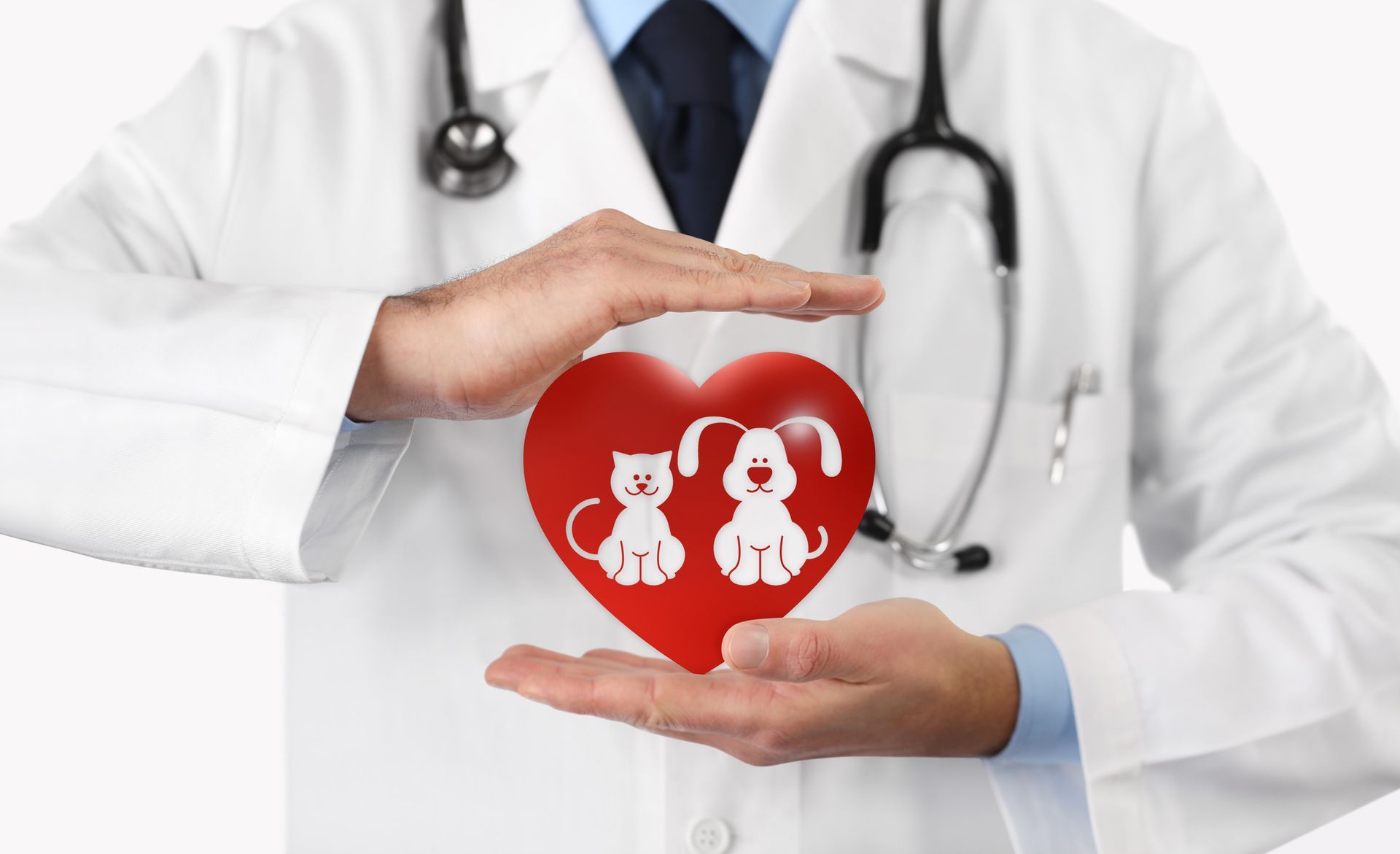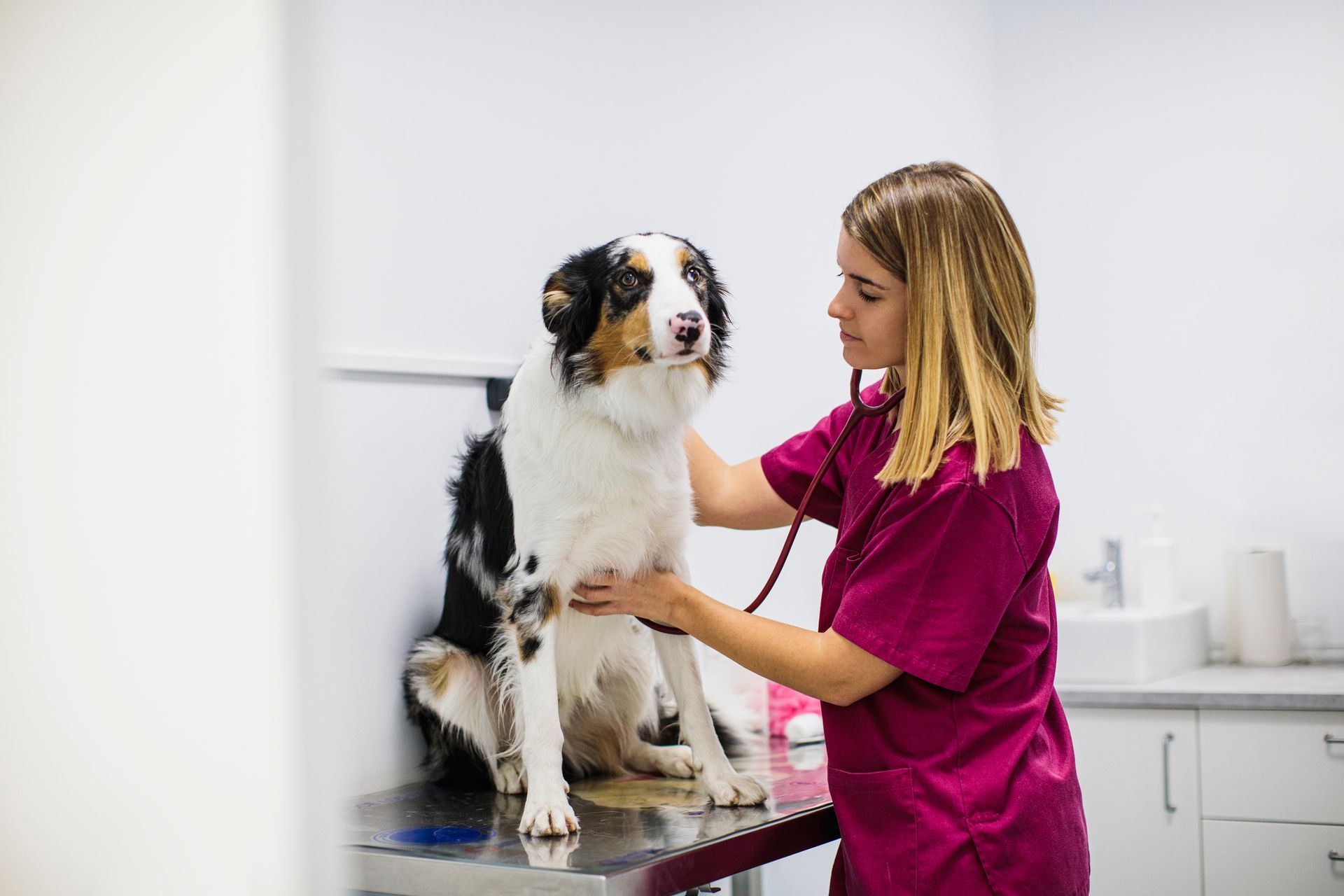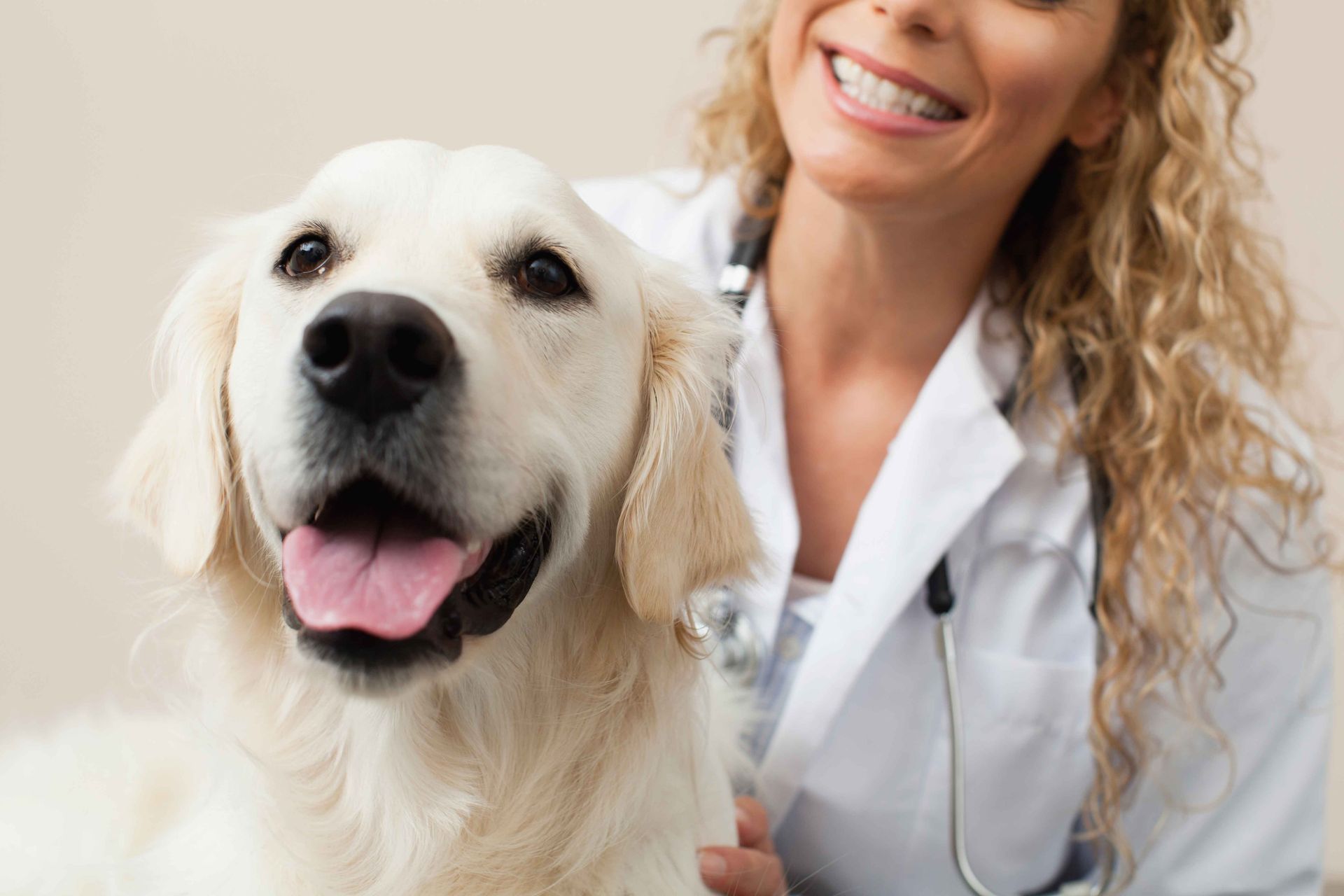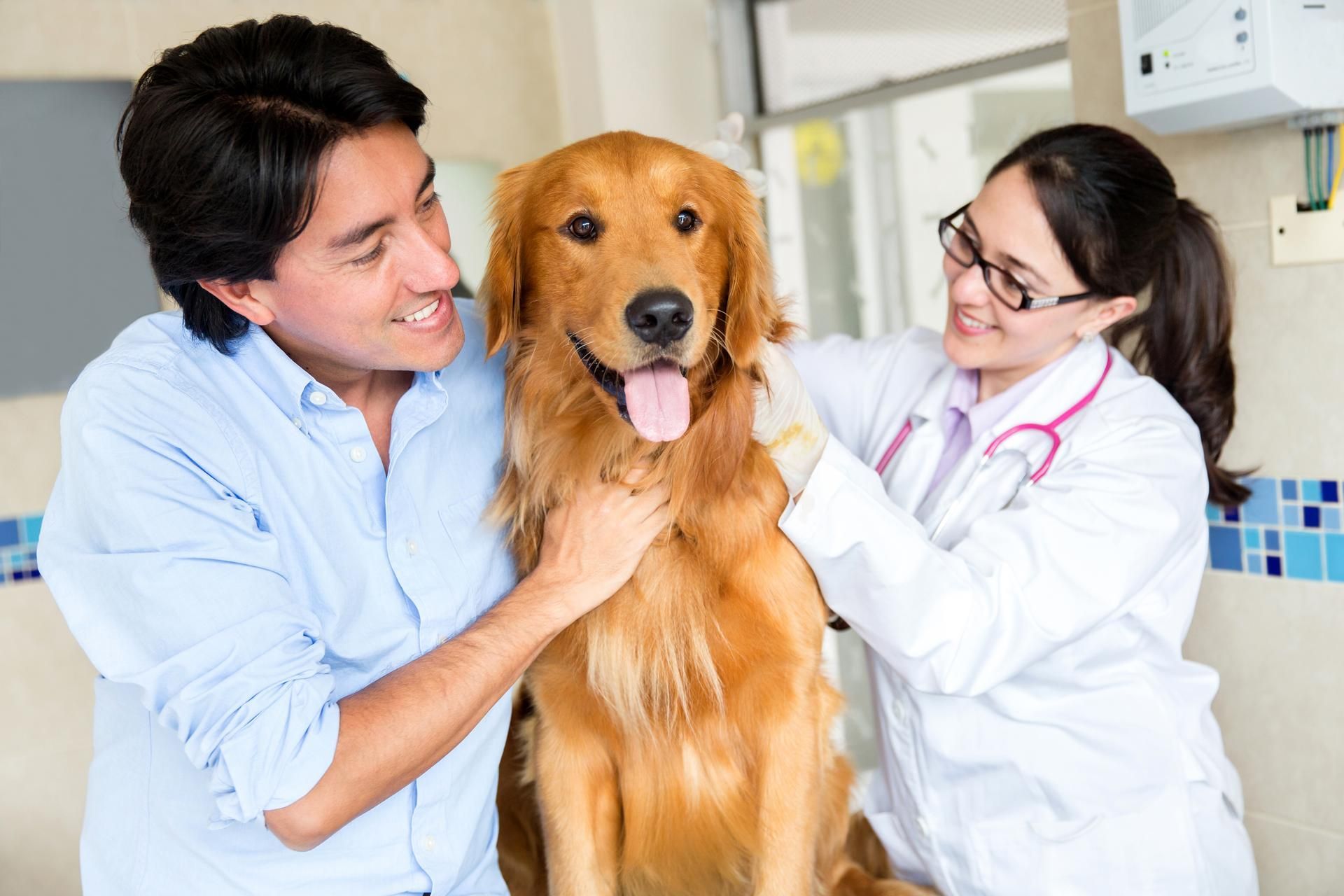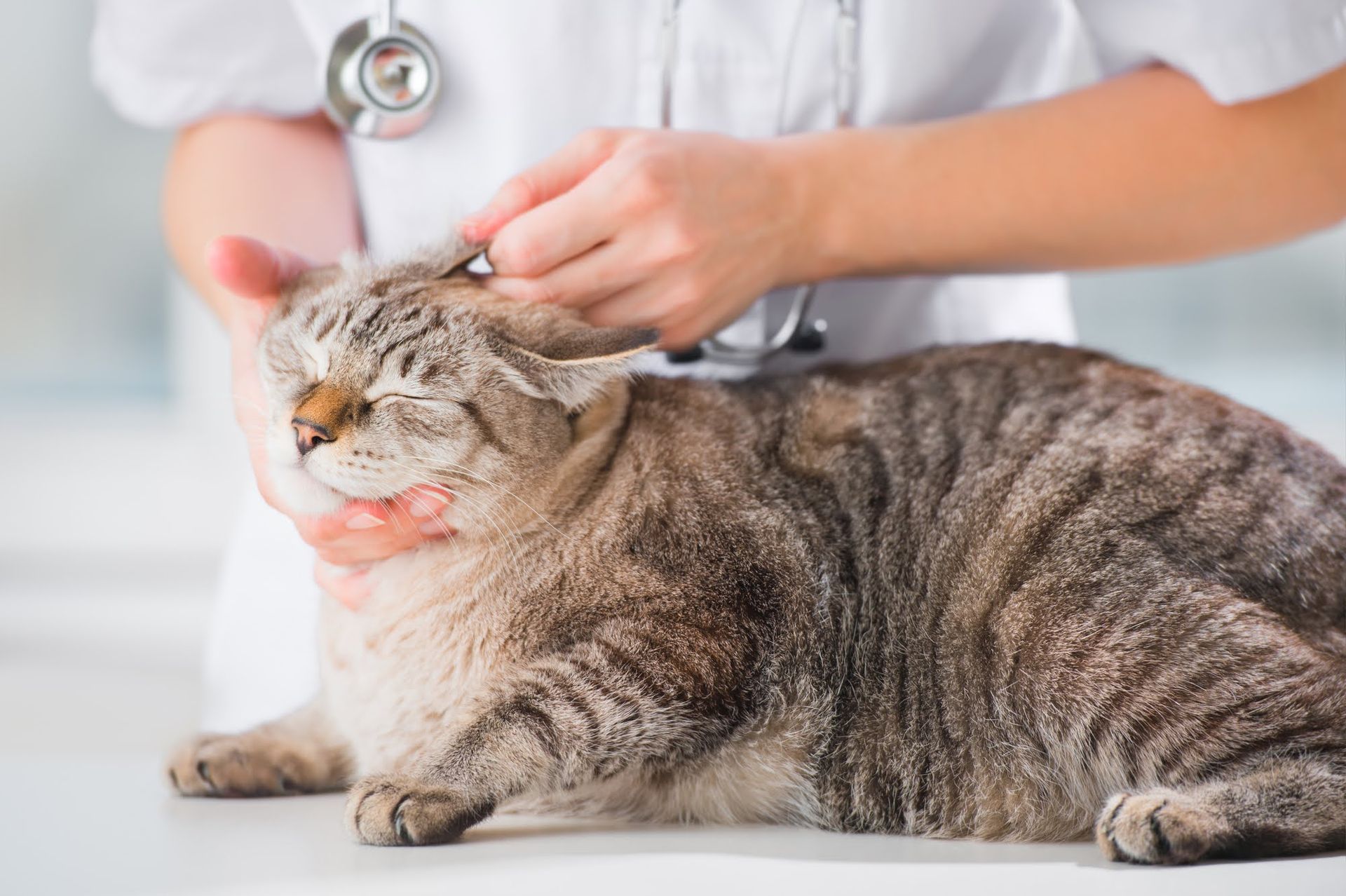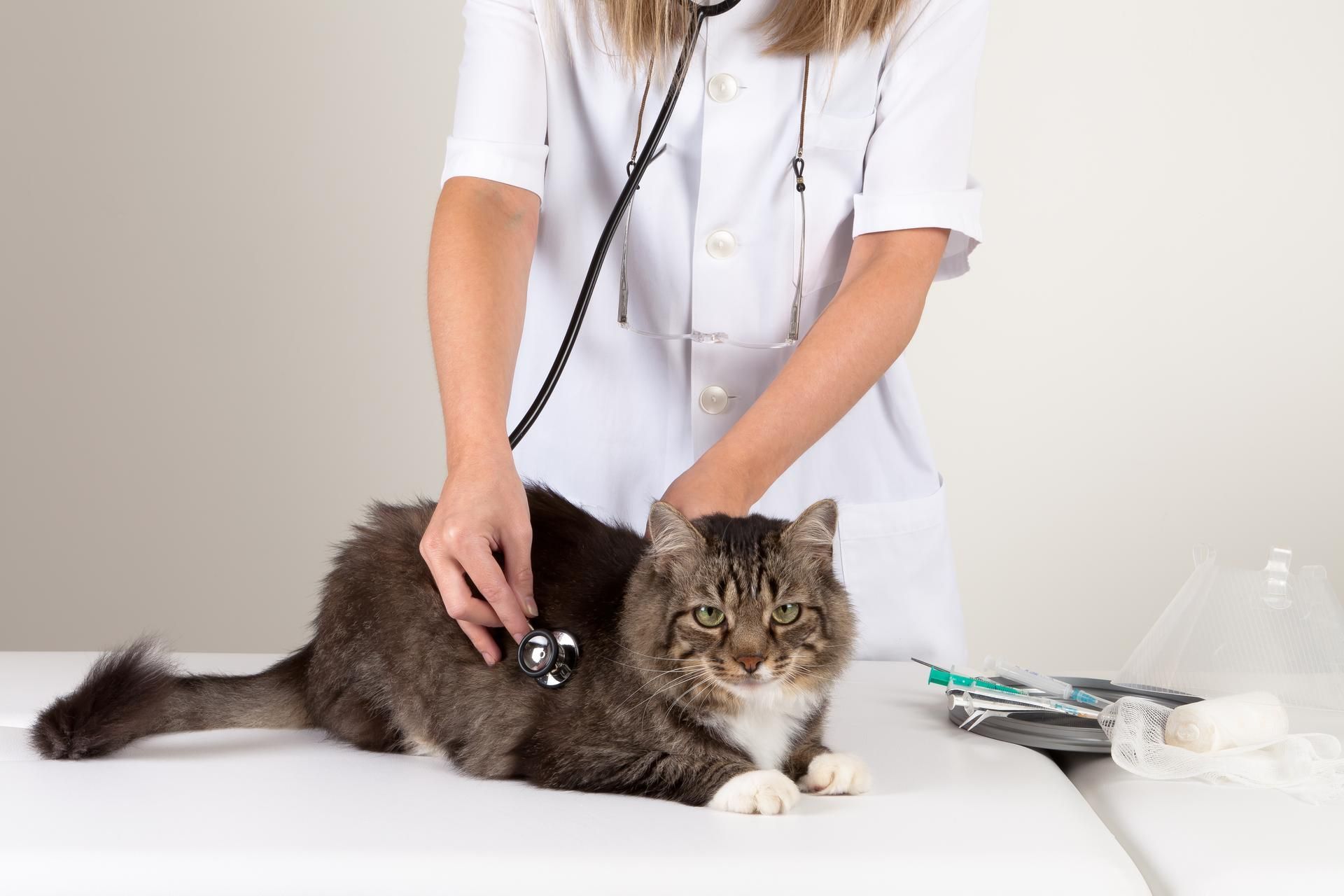4 Internal Blockages That May Require Emergency Care

Pets rely on the same basic kinds of internal plumbing that their adoptive humans do — from the elaborate twists and turns of the intestinal tract to the tubes that carry blood and other fluids to vital organs. Any interruption in the ways these internal structures work can cause serious health challenges, including veterinary emergencies.
The sooner you can recognize the telltale signs of different internal blockages and understand the potential harm such blockages create, the more effectively you can seek veterinary treatment to resolve or manage the condition. Bring yourself up to speed on the following four kinds of internal blockages that can threaten your pet.
1. GDV
GDV stands for gastric dilatation and volvulus, which typically affects large dog breeds such as Great Danes, German Shepherd Dogs, and Irish Wolfhounds at mealtimes. In GDV, the air that the dog ingests bloats the stomach. The esophagus and stomach may then twist, preventing the gas from escaping.
GDV causes intense pain from the trapped gas. More seriously, the twisting can cut off blood flow to the stomach, potentially causing part of the stomach to die. For this reason, veterinarians consider GDV a medical emergency requiring immediate treatment.
If your large dog displays symptoms such as a swollen abdomen, retching, pale gums, and a rapid heartbeat after eating or drinking, rush your pup to the emergency vet. Treatment may include both un-twisting the stomach and surgically attaching the stomach to the body wall as a means of preventing future GDV bouts.
2. Bowel Obstructions
Even if what your pet eats passes through the stomach without incident, it must complete its passage all the way through the intestinal tract. Unfortunately, solid objects that the stomach cannot digest can get stuck in the bowel. A bowel obstruction can prevent waste or gas from exiting the body. A sharp object can lacerate the intestine.
Symptoms of a potential bowel instruction include a bloated, painful abdomen; productive vomiting (as opposed to retching); nausea; and changes in bowel habits. Dehydration, restlessness, and loss of appetite may also occur. Take your suffering friend to the emergency vet for diagnosis and any necessary treatment.
Your veterinarian may insert a tube called an endoscope to view the bowel's interior and confirm the blockage. This same endoscopic may also permit the veterinarian to remove the blockage with special tools. Conventional surgery can also remove a blockage that appears unlikely to pass on its own in a timely manner.
3. Urinary System Stones
If you've ever suffered from a kidney stone, you understand just how much pain these jagged little accumulations of minerals can create. Cats and dogs can suffer from kidney, bladder, or urinary tract stones, especially if they have a genetic predisposition to the problem. (For instance, many toy dog breeds struggle with kidney stones.)
Signs of urinary system stones may include blood in the urine, difficult or sparse urination, and obvious abdominal pain. The real concern involves the potential damage these stones can cause to your pet's urinary organs and vessels. A total urinary blockage represents a genuine emergency that requires immediate care.
X-rays and other diagnostic imaging techniques can reveal the exact location of the stone creating problems for your pet. Your emergency veterinarian can insert a device called a urethral stent to widen the urethra enough for it to pass a stuck stone. Stones in the kidney or bladder typically need surgical removal.
4. Blood Clots
Pets can develop blood clots for a variety of reasons. In some cases, the buildup of fats along blood vessel walls (a problem known as atherosclerosis or hardening of the arteries) can promote blood clot formation. Rarely, an artery with an aneurism, or weak walks that expand outward, can harbor a blood clot.
Blood clots can either lead to a total blockage in blood vessels, or they may break free and migrate to other parts of the body. If the blood vessel reaches the heart, it can cause a dangerous condition called endocarditis or even a heart attack. A blood clot in a leg can interfere with your pet's ability to walk.
Even a partial blood vessel blockage from atherosclerosis poses concerns. This issue can cause a wide range of upsetting symptoms, from diarrhea and disorientation to blindness, fainting spells, and breathing problems. Any of these symptoms merit an emergency visit to your veterinarian.
Fortunately, you can manage your pet's atherosclerosis through diet, exercise, and medications to lower cholesterol levels. If your pet has developed a dangerous blood clot, blood-clotting medications, anti-inflammatory drugs, and other treatment measures can help dissolve the clot, removing the immediate threat.
South Seattle Veterinary Hospital offers the right combination of skill, experience, and advanced equipment to diagnose and treat an internal blockage quickly and accurately. Contact our team if you worry about your pet's health so we can recommend immediate home responses and prepare for your visit to our clinic.


